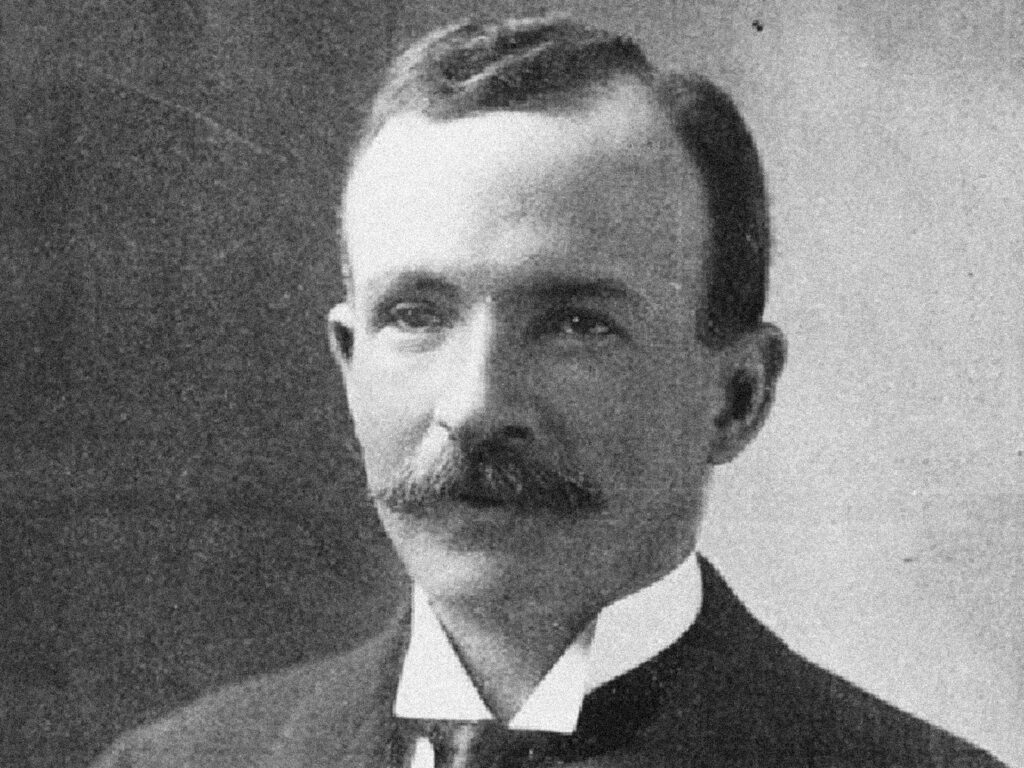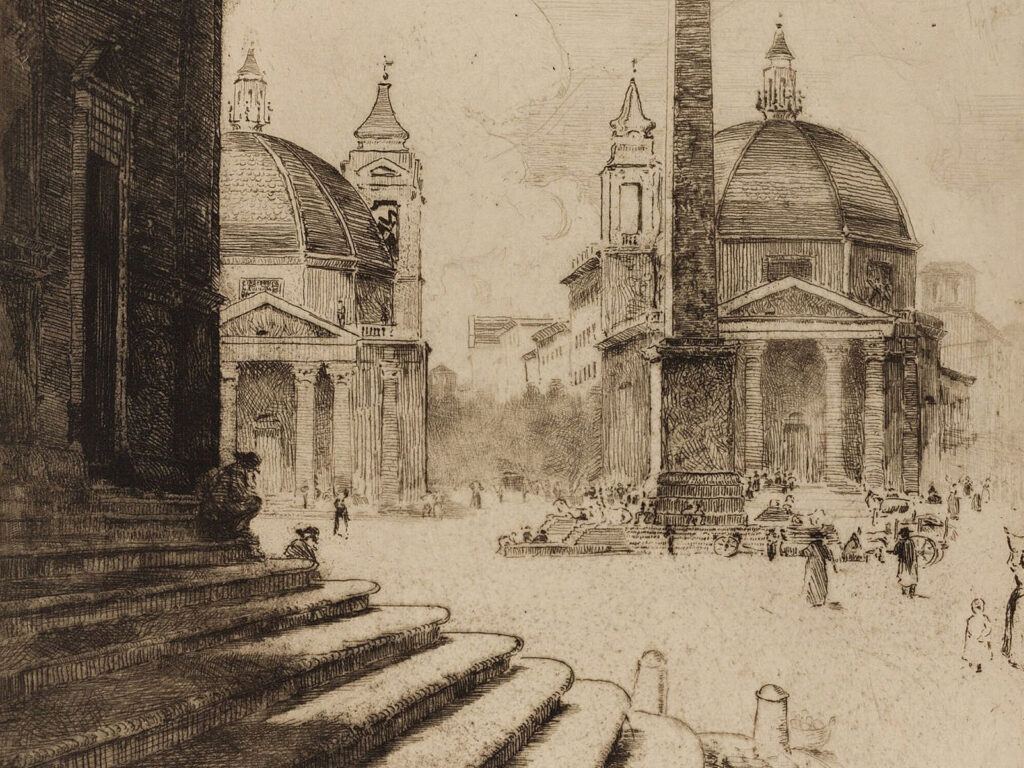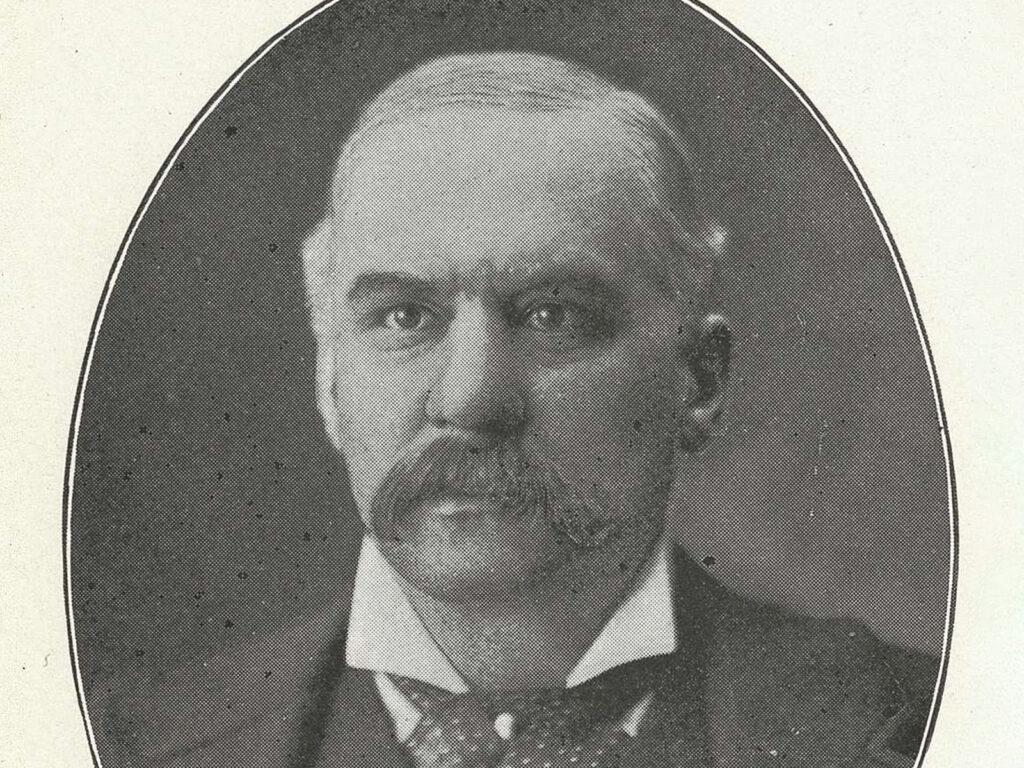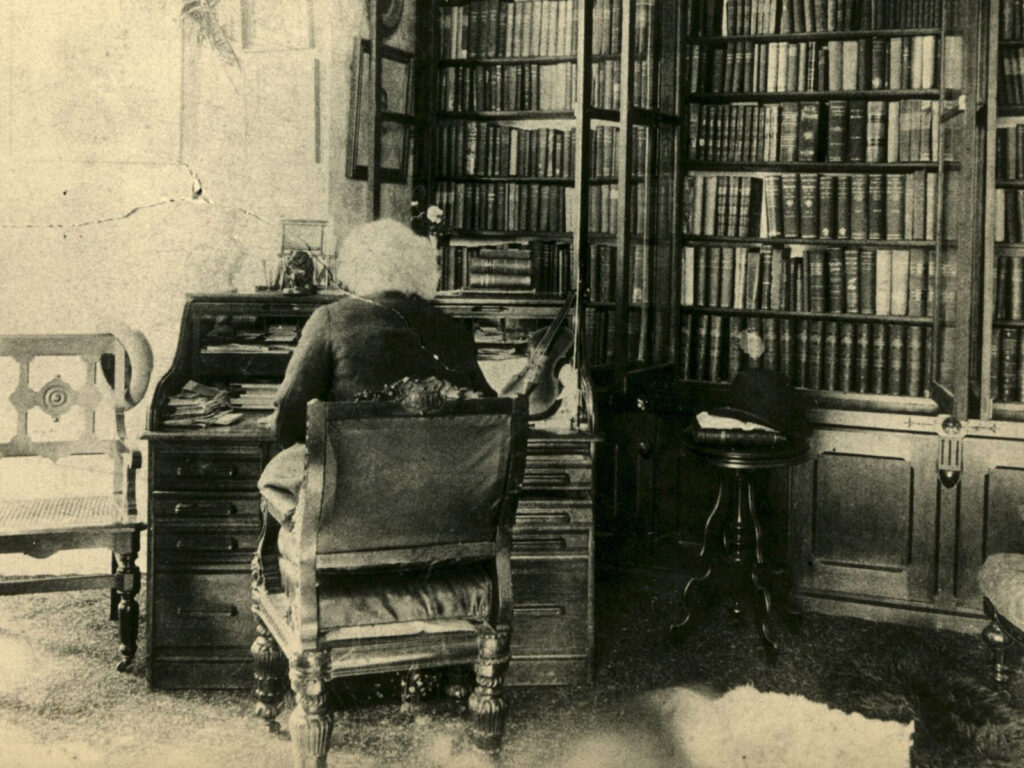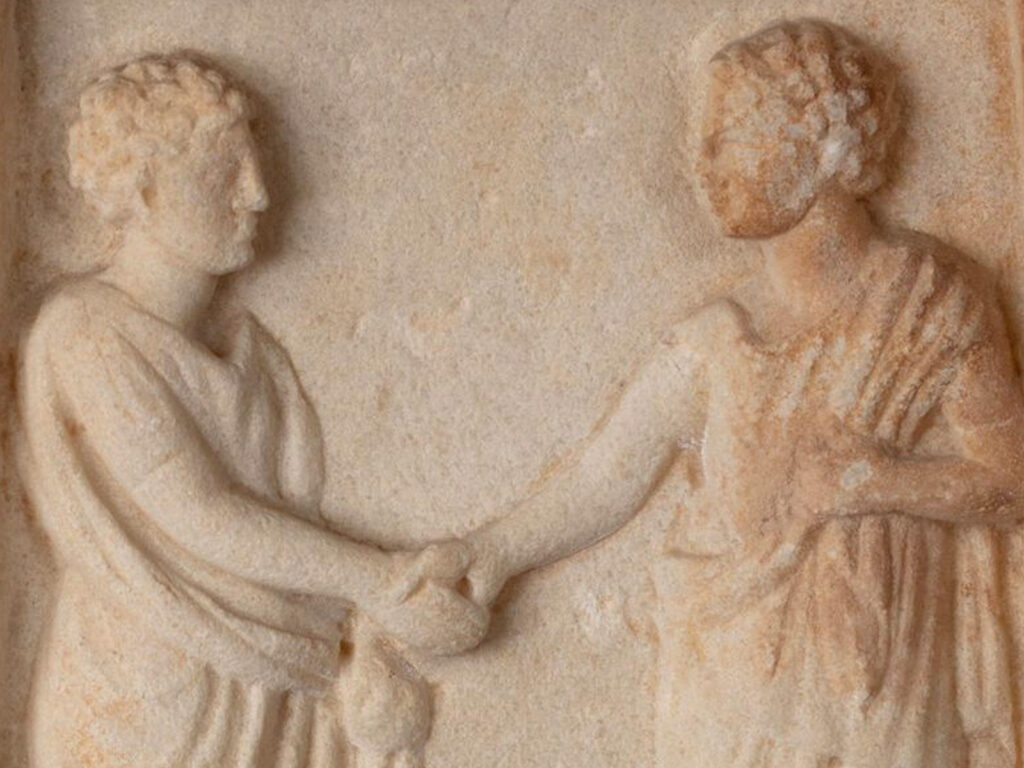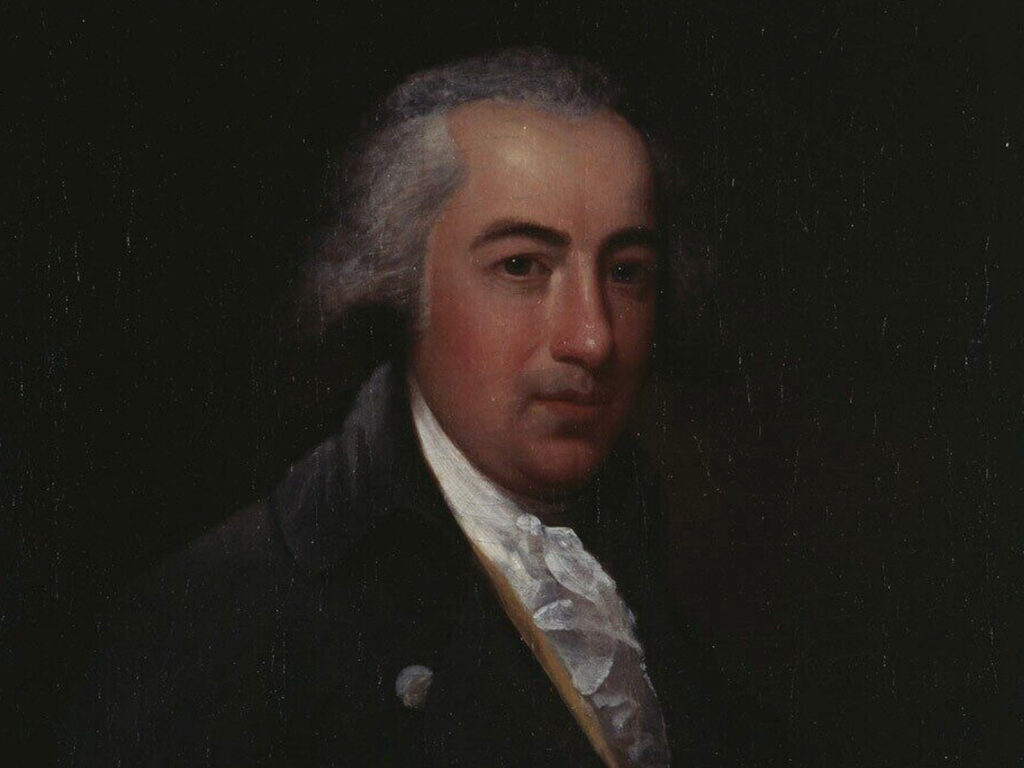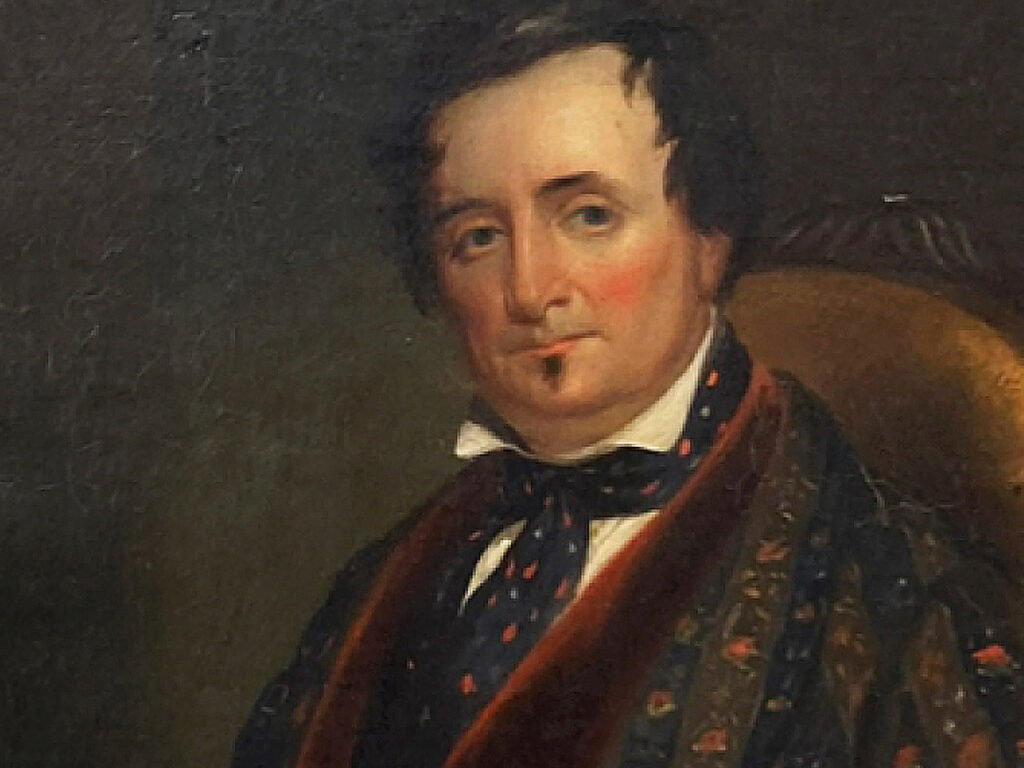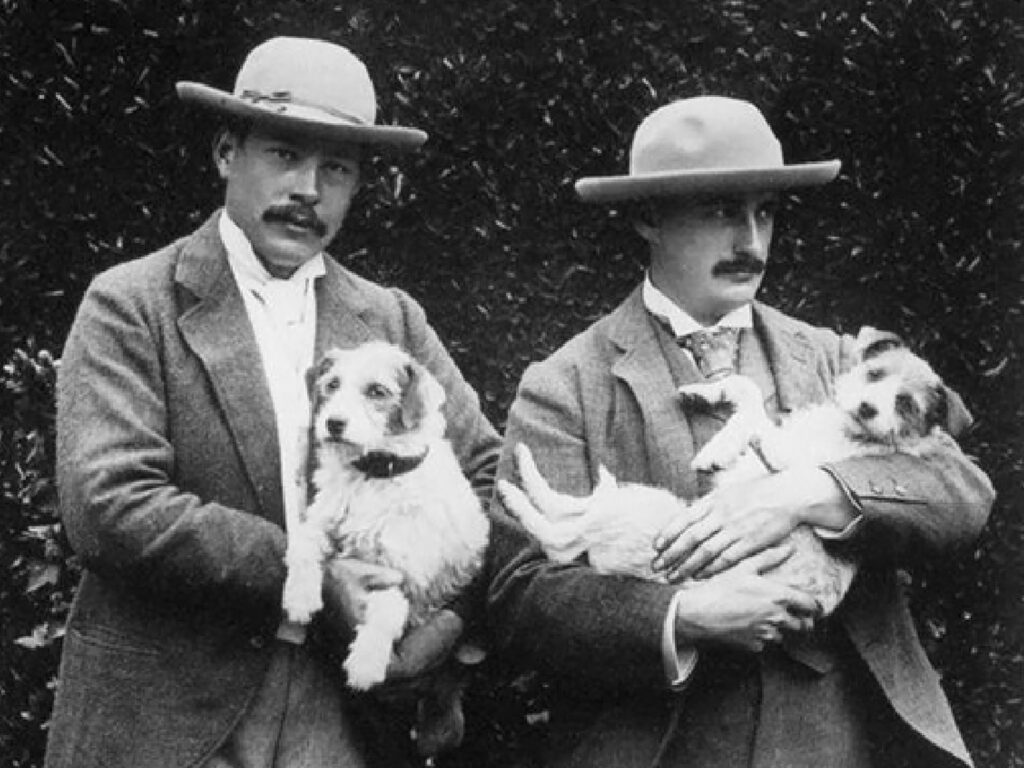Drayton Hall, a sprawling historical estate nestled on the Ashley River in the South Carolina low country, is one of the oldest plantations in the United States. Built for John Drayton (ca. 1715–1779) between 1738 and 1750, the Palladian style “big house,” with its central pedimented two-story portico, dominates the landscape.
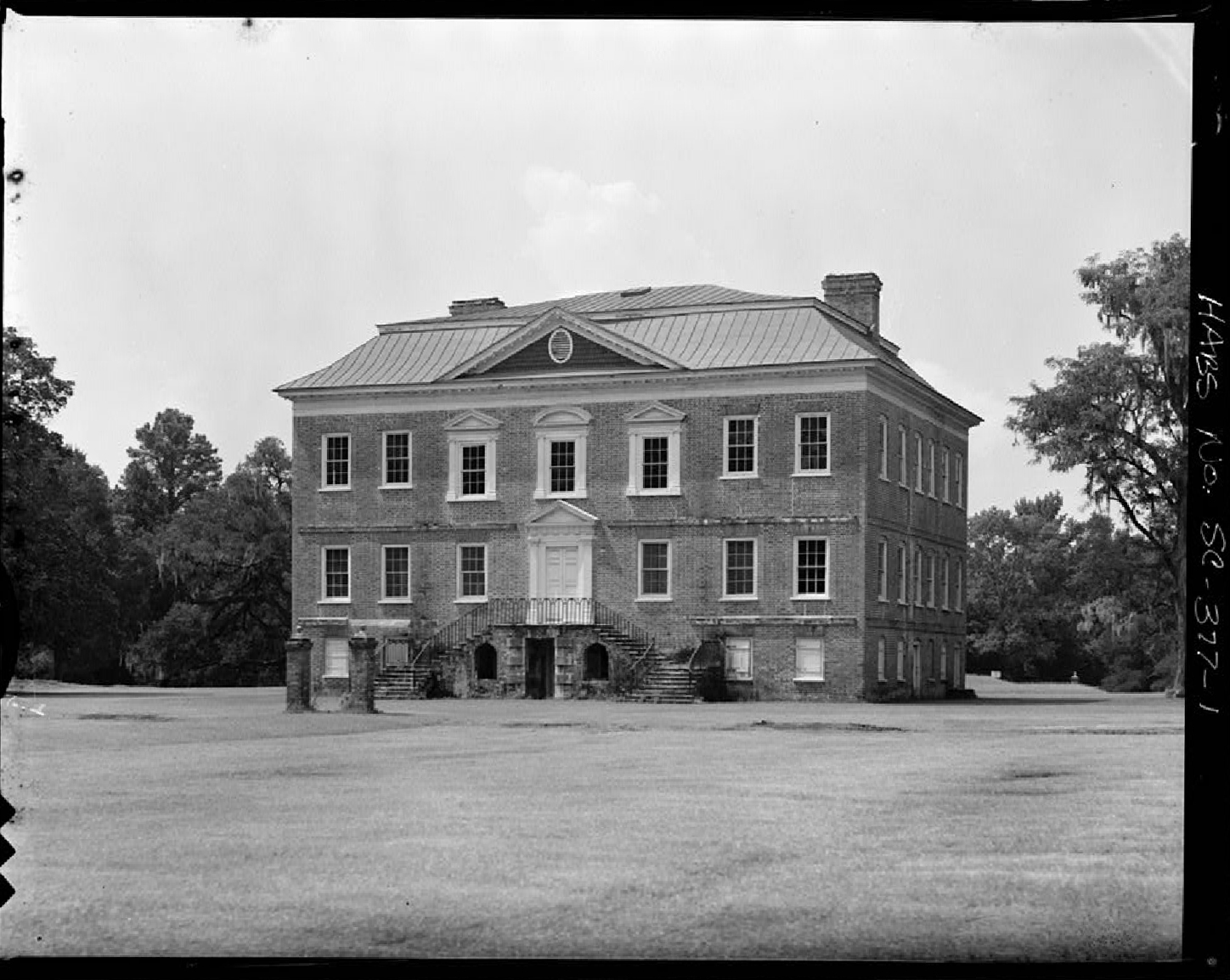
Northeast Facade at Drayton Hall in Charleston, South Carolina. Unknown Photographer, Northeast (River) Facade, From the North – Drayton Hall, Ashley River Road (State Route 61), Charleston, Charleston County, SC, photograph. Library of Congress Prints and Photographs Division Washington, D.C. 20540 USA. http://hdl.loc.gov/loc.pnp/hhh.sc0132/photos.149480p
Drayton Hall, Labor, and Neoclassical Architecture
Dana E. ByrdNortheast Facade, Main House, Drayton Hall Plantation, Charleston, South Carolina. Unknown Photographer, Northeast (River) Facade, From the North - Drayton Hall, Ashley River Road (State Route 61), Charleston, Charleston County, SC, photograph. Library of Congress Prints and Photographs Division Washington, D.C. 20540 USA. link
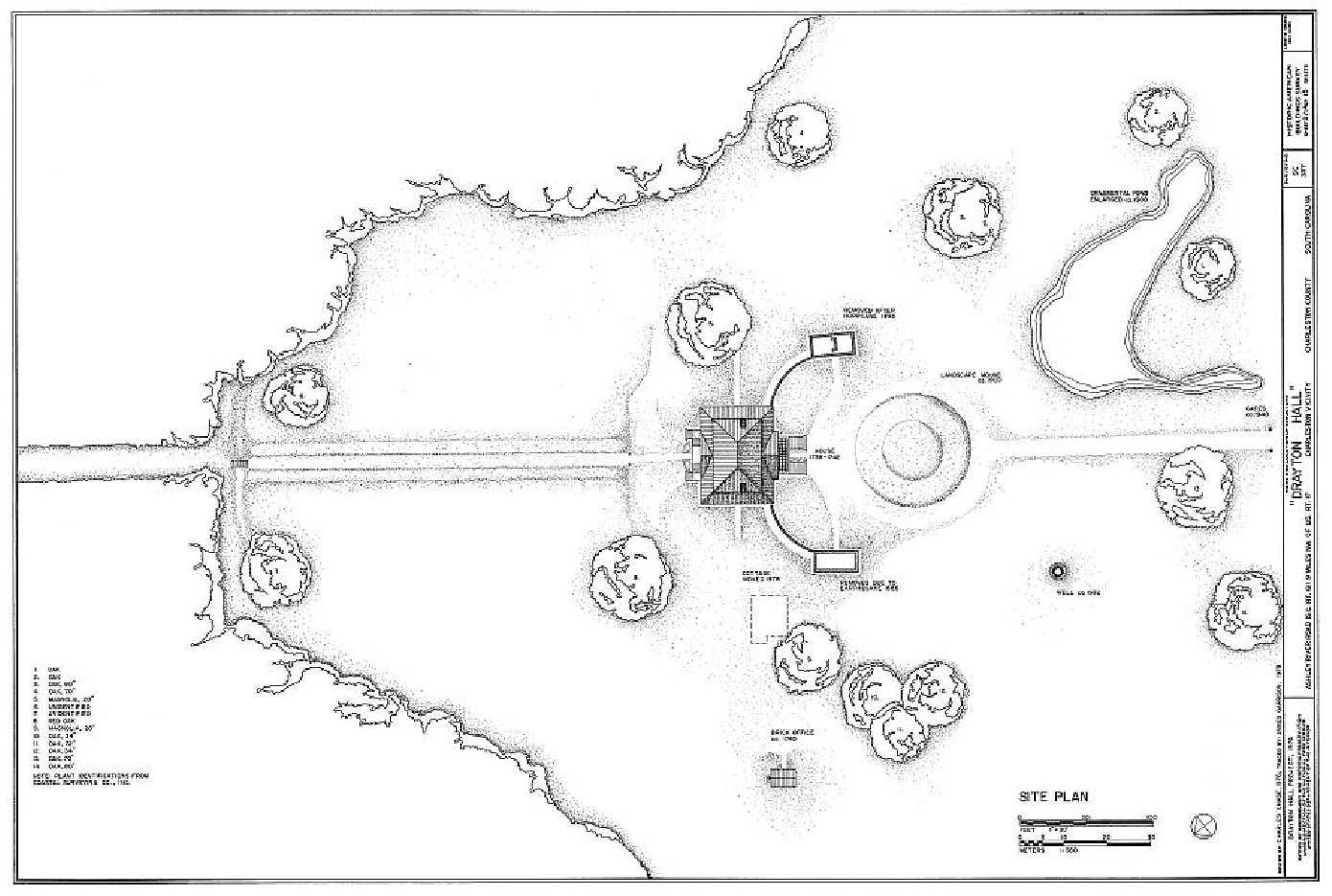
Site plan of Drayton Hall Plantation. Unknown illustrator, HABS SC,10-CHAR.V,8- (sheet 2 of 14) – Drayton Hall, Ashley River Road (State Route 61), Charleston, Charleston County, SC, drawing. Library of Congress Prints and Photographs Division. link

Picture of Main House, Drayton Hall Plantation in 2006. Carol Highsmith, Drayton Hall plantation, Charleston, South Carolina, 2006, photograph. Library of Congress Prints and Photographs Division. link
Surviving archival records fail to document the names of the many enslaved Black and free white craftsmen who laid brick, joined beams, plastered walls and ceilings, and carved and turned wood ornament to produce one of the finest homes in the English colonies. The laborers built an ordered façade with exterior details, including the Doric entablature copied from the antique, and created interior spaces adorned with elaborately carved ornamentation. We may not know their names, but we know from their output that these laborers were familiar with the visual vocabulary of the classical world as presented in architectural treatises and design pattern books such as Andrea Palladio’s Four Books of Architecture (1570), William Kent’s Designs of Inigo Jones (1727), and James Gibbs’s A Book of Architecture (1728). Drayton’s sizable personal library included these expensive books, which were the primary vehicle for diffusing newly fashionable antique-inspired designs for architectural ornament and decorative arts from London to the British colonies. Skilled laborers, including enslaved joiner and fine cabinetmaker John Hemmings, transformed the design ideas from these books into three-dimensional furnishings and ornament found at Thomas Jefferson’s Monticello.

Upper Great Hall Fireplace, Main House, Drayton Hall. Charleston, SC. Unknown photographer, Interior, Second Floor, Great Drawing Room, Detail of Fireplace Wall – Drayton Hall, Ashley River Road (State Route 61), Charleston, Charleston County, SC, photograph. Library of Congress Prints and Photographs Division. link
Even as John Drayton’s wealth was derived from extracting labor and denying freedom to thousands of enslaved workers on one hundred different plantations, which combined for a staggering seventy-six thousand acres, his status as a wealthy, white gentleman of taste and distinction was bolstered by the references to classicism in his home. One such reference is the second-floor Upper Great Hall chimneypiece with its original broken pediment overmantel. Indeed, the chimneypiece is more than inspired by antiquity, its very existence—five-thousand miles and twenty-two hundred years from the ancient Roman republic—evokes a mythical link between gentry living in the British Atlantic world and the virtues of ancient elites.

Composition mantel in the Southwest second floor chamber at Drayton Hall. Frances Benjamin Johnston, Drayton Hall, Charleston vic., Charleston County, South Carolina, 1938 photograph. Carnegie Survey of the Architecture of the South (Library of Congress). link
Drayton Hall stayed in the hands of the Drayton family for seven generations, and each was similarly committed to incorporating antiquity into the home’s design. John’s son Charles (1740–1820), hoping to improve on his father’s design, was responsible for the nineteenth-century addition of a delicately rendered composition mantel in the Southwest second floor chamber, similarly inspired by antiquity. Records from Charles’s time as “master” of Drayton Hall, however, indicate that his taste for the classical extended to the names recalling Roman goddesses, emperors, and heroes he imposed upon the enslaved people under his control. The nature of his record keeping prevents us from knowing the name of the enslaved person or persons responsible for tending the fire, removing the ashes, sweeping the hearth, and wiping away soot clinging to the updated chimneypiece, but we do know that their names were possibly inspired by antiquity. Venus, Titus, and Hercules appear in the Drayton family archival record alongside retained or re-used African names, like Sukey, Mingo, and Cuffee.
Drayton was not the only enslaver to utilize these naming practices; other enslavers in the antebellum south also unironically adhered to the classicized naming convention, presumably as a marker to signal refinement. Did enslavers view this practice as a means of “civilizing” the otherwise barbaric practice of enslaving other humans? Did classical names smooth over the ugly reality of race-based American chattel slavery to make it more neatly align with the Roman Republic’s conception of slavery? The reasons for these choices are lost to history.
Drayton’s elite contemporaries shared his taste for art and artifacts inflected by the aesthetics of the ancient world, the vestiges of which we can glimpse in this exhibition. James Bowdoin II’s Air Pump, for example, is a scientific instrument whose brass fittings are cloaked in classicism; its mahogany case, with broken pediment, frieze, and columns, evokes the form of a temple. Treasures unearthed during ongoing excavations of ancient sites such as Hadrian’s Villa continued to stoke demand for antiquities and shaped taste in the British Atlantic. Each new discovery of a Roman marble like the Warwick Vase created a market for objects bearing the marble’s image and even copies in a range of materials. With the emergence of new technologies allowing swifter production of household goods, by the middle of the nineteenth century, even the middling sort could participate in the consumption of the ancient world.
